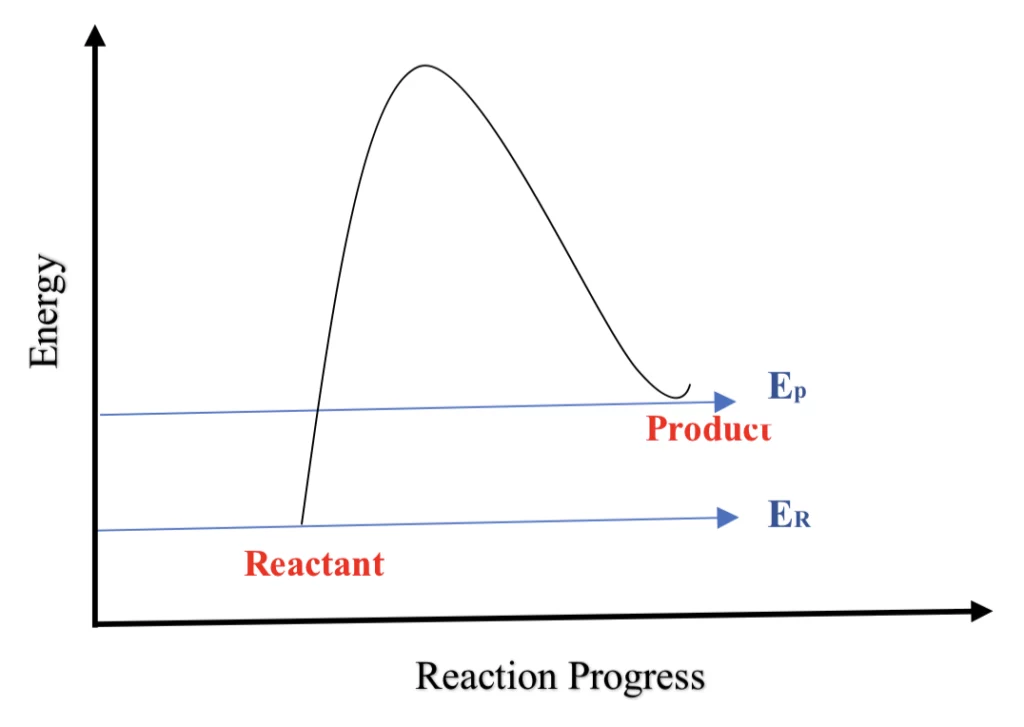The purpose of a chemical reaction HNO3 + BaCl2 is to discover recognizable products between them. Let us understand various facts of HNO3 + BaCl2.
HNO3 expanded as nitric acid is a very corrosive acid having a molar mass of 63.01 g/mol. HNO3 pH ranges between 0-3. BaCl2 expanded as barium chloride is a white odorless crystalline compound with a molar mass of 208.23 g/mol. BaCl2 is basic in nature with a pH of 7 in aqueous solution.
The elaborates article will elaborate on HNO3 + BaCl2, with various facts including balancing, intermolecular forces, and enthalpies.
What is the product of HNO3 and BaCl2?
HNO3 and BaCl2 are countered to produce a salt barium nitrate (Ba(NO3)2) and a water (H2O) molecule respectively.
2HNO3 + BaCl2 → 2HCl + Ba(NO3)2
What type of reaction is HNO3 and BaCl2?
The response of HNO3and BaCl2 is a neutralization reaction as salt and water are produced from an acidic (HNO3) and basic (BaCl2) compound respectively.
How to balance HNO3 and BaCl2?
HNO3 + BaCl2 interaction is balanced in the following steps,
- HNO3 + BaCl2 → HCl + Ba(NO3)2
- Both sides of the equation are essential to be equivalent in atoms; examine stoichiometry, and multiply HNO3 with 2 to equal the H2 atoms of the acid.
- 2HNO3 + BaCl2 → 2HCl + Ba(NO3)2
HNO3+BaCl2 Titration
BaCl2 is assessed by a process called volumetric or gravimetric titration. The phases for this titration are:
Apparatus
- Conical flask
- Volumetric flask
- Beaker
- Graduated burette
- Burette stands
Analyte and Titrant
- HNO3 is applied as the titrant, whose concentration is identified.
- BaCl2 is the analyte, whose concentration need to be examined.
Indicator
Phenolphthalein is the acid-base indicator required for titration between HNO3 + BaCl2.
Procedure
- Using a volumetric flask, make a standard solution of HNO3 by adding the necessary amount of HNO3 and then filling the flask to the mark with distilled water.
- Pour a small amount of phenolphthalein indicator solution into a conical flask with the appropriate amount of BaCl2.
- Slowly titrate the BaCl2 solution and HNO3 solution while continually stirring the liquid inside the conical flask.
- Continue to add drops of the HNO3 solution until the mixture takes on a slight pink hue. This shade of hue denotes the titration’s conclusion.
- Write down how much HNO3 was utilized during the titration and utilize the table to determine the amount of BaCl2 in the sample.
- Moles of BaCl2 = Moles of HNO3 x Molecular Weight of BaCl2 / Molecular Weight of HNO3
HNO3 and BaCl2 Net Ionic Equation
HNO3 + BaCl2 interaction provides the underneath net ionic equation,
- 2H+ + NO3– + Ba2+ + 2Cl– → 2H+ + Cl– + Ba2+ + 2NO3–
- Split the reactants up into their corresponding ions.
- Display the spectator ions or ions that are present in both reactants but are not a part of the reaction (2H+ + Ba2+).
- Display the products or the reactants that are still present in the solution after the reaction.
HNO3 and BaCl2 Conjugate Pairs
HNO3 + BaCl2 interaction has the underneath conjugate pairs, differing by one proton:
- The conjugate base of HNO3 = the nitrate ion (NO3–)
- The conjugate acid of BaCl2= Cl–
HNO3 and BaCl2 Intermolecular Forces
HNO3 + BaCl2 interaction has the underneath intermolecular forces,
- Due to the presence of N and O2 atoms in all molecules of HNO3, the intermolecular forces are mostly London dispersion forces.
- Ionic interactions between the Ba and Cl ions are the main intermolecular forces in BaCl2.
- These HNO3 + BaCl2 intermolecular forces are identical to those of their reactant counterparts.
HNO3 and BaCl2 Reaction Enthalpy
HNO3 + BaCl2 interaction enthalpy figure is around -114.3 kJ/mol. The enthalpy information is as underneath:
- HNO3(g): ΔHf = -903.4 kJ/mol
- BaCl2(s): ΔHf = -914.8 kJ/mol
- HCl(g): ΔHf = -435.3 kJ/mol
- Ba(NO3)2(s): ΔHf= -1497.2 kJ/mol
- ΔH = ΔHproducts – ΔHreactants
- ΔH = -1932.5 kJ/mol – (-1818.2 kJ/mol)
- ΔH = -114.3 kJ/mol
Is HNO3and BaCl2 a Buffer Solution?
HNO3 + BaCl2is not a buffer solution because a strong acid like HNO3 is a potent acid, adding it to the mixture would lower the pH.Ba(NO3)2 is a potent base, therefore adding it to the mixture would raise the pH. As a result, it is impossible to create a buffer solution with these two chemicals.
Is HNO3and BaCl2 a Complete Reaction?
HNO3 + BaCl2interaction is a complete reactions once equilibrium is touched, products are entirely formed.
Is HNO3 and BaCl2 an Exothermic Reaction?
HNO3 + BaCl2interactionis exothermic in nature. This reaction releases a huge amount of heat due to its negative enthalpy.

Is HNO3and BaCl2 a Redox Reaction?
HNO3 + BaCl2 interaction is a redox, as in this specific reaction, the reducing agent BaCl2 is oxidized while the oxidizing agent HNO3 is reduced.
Is HNO3 and BaCl2 a Precipitation Reaction?
HNO3 + BaCl2interaction is a precipitation reaction an insoluble material called a precipitate is the end result of the process.
Is HNO3 and BaCl2 a Reversible Reaction?
HNO3 + BaCl2interaction is irreversible in nature since the products (HCl and Ba(NO3)2) do not contain the same ions as the original reactants, the reaction cannot be reversed to produce the original reactants.
Is HNO3 and BaCl2 a Displacement Reaction?
HNO3 + BaCl2 interaction is a displacement reaction as in this process, the barium atom from BaCl2 replaces the nitrogen atom in HNO3 to create HCl and Ba(NO3)2.
Conclusion
Nitric acid (HNO3), is identified for its highly corrosive acidic nature, while barium chloride (BaCl2) is for its basic nature. Therefore HNO3 + BaCl2 acid-base interaction products HCl and Ba(NO3)2 has wide uses in the field of laboratories.

Hello…I’m Ritika Vaishnav, a Chemistry Subject Matter Expert with a passion for creating educational and engaging content on a wide range of topics related to chemistry. With a master’s degree in Chemistry, I have written for a variety of publications, including research papers. My writing is concise and well-researched, and I strive to make complex topics easily understandable for readers.
“I’m interested in everything related to Chemistry and its aligned fields!”
Connect me via LinkedIn: